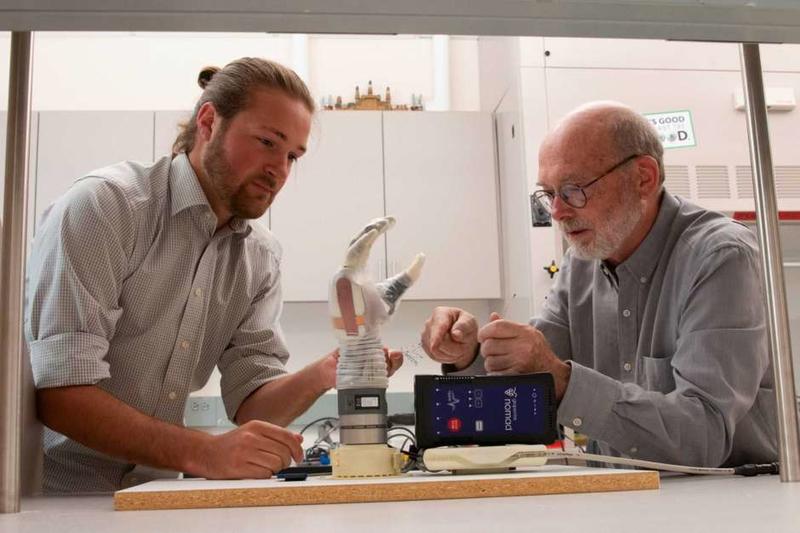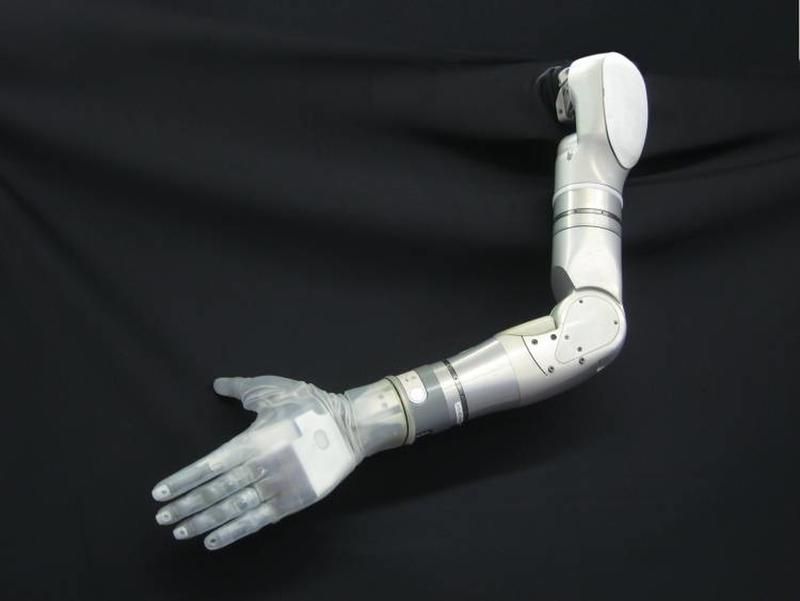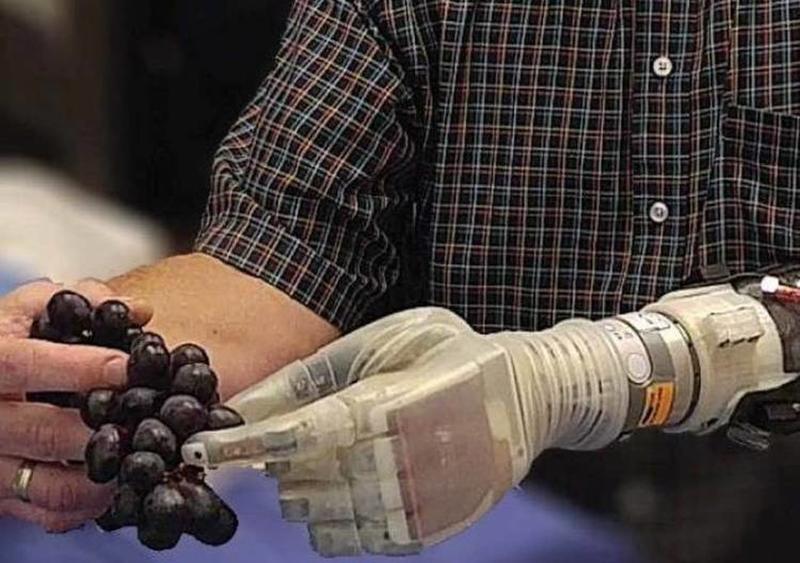It is hard to imagine what it must feel like to lose a limb. Our limbs are a part of us from the beginning of our lives (unless you are born without certain limbs due to a specific medical condition). When we're babies, the first thing we know is that our arms and legs are a part of us.
Our entire nervous system is built around the fact that it connects to our outer extremities. They are so important that it is said that people who lose a limb will often suffer from phantom limb, a condition where they can still feel the limb that is no longer there. It is a truly remarkable phenomenon.
People who have lost a limb have options to continue on with their lives unencumbered, but none of them quite measure up to having a working arm. For example, they can use prosthetics, but until now, these prosthetics left a lot to be desired. Now we may be in an age where the prosthetics can mimic real feelings.

Keven Walgamott is a man who lost his arm more than ten years ago in an accident. Since then he had experienced phantom pain in his arm, but for the first time, he can actually feel his arm again. That's because of a new invention called the LUKE Armfor which he first tried in 2017. It has been in development for almost two decades at the University of Utah, and because of it, people like Keven Walgamott can feel their arm once again due to sensors in the prosthetic. It is a huge leap in an industry that has suffered from relative stagnation.

The world at large has been developing new prosthetics for those without limbs, but this new prosthetic isn't just cosmetic, or does it just slightly mimic actual arm movements. This arm can feel, touch, and even learn.
Gregory Clark is an associate professor of biomedical engineering at the University of Utah. He is one of the lead researchers of the LUKE arm. He said, "Touch isn't a single sense. When you first touch objects with a natural hand, there's an extra burst of neural impulses." The arm is named after Luke Skywalker, a character who loses his arm in battle and used a robotic arm for the rest of the series of films. The arm allowed Walgamott to feel an egg without damaging it. The limb was able to communicate the fragility of the egg to his brain.

Researchers had him to everyday tasks such as texting, plucking grapes, and even holding his wife's hand. According to Walgamott, it felt just like his former real arm. "When the prosthetic hand starts to feel like the user's real hand, the brain is tricked into thinking that it actually is real. Hence, the phantom limb doesn't have a place to live in the brain anymore. So it goes away - and with it, goes the phantom pain."
The arm mimics the same electric pulses that would be sent to the brain from a real arm. Clark said, "Participants can feel over 100 different locations and types of sensations coming from their missing hand. They can also feel the location and the contraction force of their muscles - even when muscles aren't there. That's because we can send electrical signals up the sensory fibers from the muscles, so the brain interprets them as real."

While the LUKE arm is extremely advanced compared to any other prosthetic, it is still a far cry from the actual thing. The amount of sensors in the LUKE arm pale in comparison to a real living arm. Clark and his team will continue developing the technology to edge closer and closer to the real thing. For now, this could change a lot of lives.